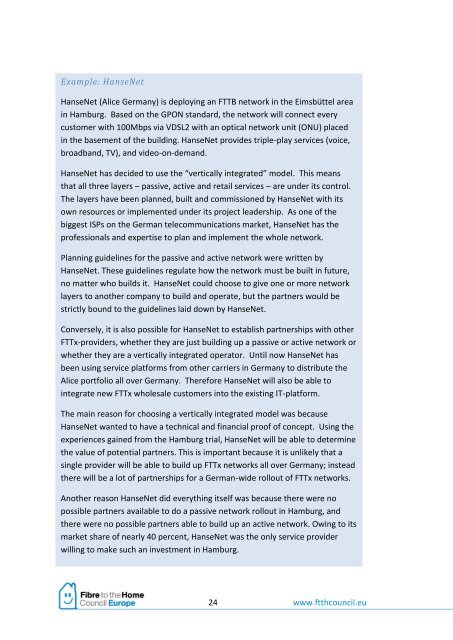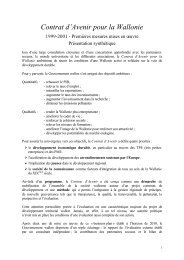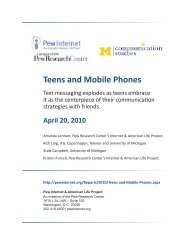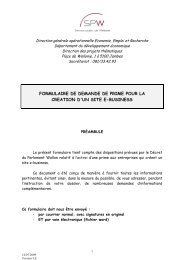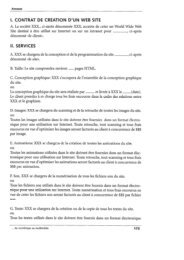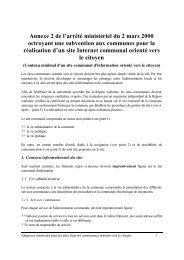Create successful ePaper yourself
Turn your PDF publications into a flip-book with our unique Google optimized e-Paper software.
Example: HanseNet<br />
HanseNet (Alice Germany) is deploying an FTTB network in the Eimsbüttel area<br />
in Hamburg. Based on the GPON standard, the network will connect every<br />
customer with 100Mbps via VDSL2 with an optical network unit (ONU) placed<br />
in the basement of the building. HanseNet provides triple-play services (voice,<br />
broadband, TV), and video-on-demand.<br />
HanseNet has decided to use the “vertically integrated” model. This means<br />
that all three layers – passive, active and retail services – are under its control.<br />
The layers have <strong>be</strong>en planned, built and commissioned by HanseNet with its<br />
own resources or implemented under its project leadership. As one of the<br />
biggest ISPs on the German telecommunications market, HanseNet has the<br />
professionals and expertise to plan and implement the whole network.<br />
Planning guidelines for the passive and active network were written by<br />
HanseNet. These guidelines regulate how the network must <strong>be</strong> built in future,<br />
no matter who builds it. HanseNet could choose to give one or more network<br />
layers to another company to build and operate, but the partners would <strong>be</strong><br />
strictly bound to the guidelines laid down by HanseNet.<br />
Conversely, it is also possible for HanseNet to establish partnerships with other<br />
FTTx-providers, whether they are just building up a passive or active network or<br />
whether they are a vertically integrated operator. Until now HanseNet has<br />
<strong>be</strong>en using service platforms from other carriers in Germany to distribute the<br />
Alice portfolio all over Germany. Therefore HanseNet will also <strong>be</strong> able to<br />
integrate new FTTx wholesale customers into the existing IT-platform.<br />
The main reason for choosing a vertically integrated model was <strong>be</strong>cause<br />
HanseNet wanted to have a technical and financial proof of concept. Using the<br />
experiences gained from the Hamburg trial, HanseNet will <strong>be</strong> able to determine<br />
the value of potential partners. This is important <strong>be</strong>cause it is unlikely that a<br />
single provider will <strong>be</strong> able to build up FTTx networks all over Germany; instead<br />
there will <strong>be</strong> a lot of partnerships for a German-wide rollout of FTTx networks.<br />
Another reason HanseNet did everything itself was <strong>be</strong>cause there were no<br />
possible partners available to do a passive network rollout in Hamburg, and<br />
there were no possible partners able to build up an active network. Owing to its<br />
market share of nearly 40 percent, HanseNet was the only service provider<br />
willing to make such an investment in Hamburg.<br />
24 www.ftthcouncil.eu


